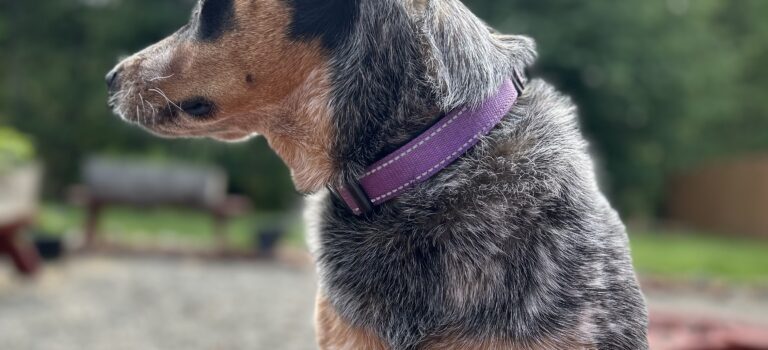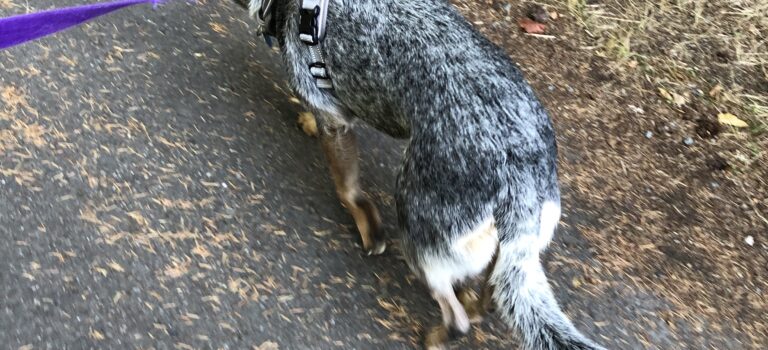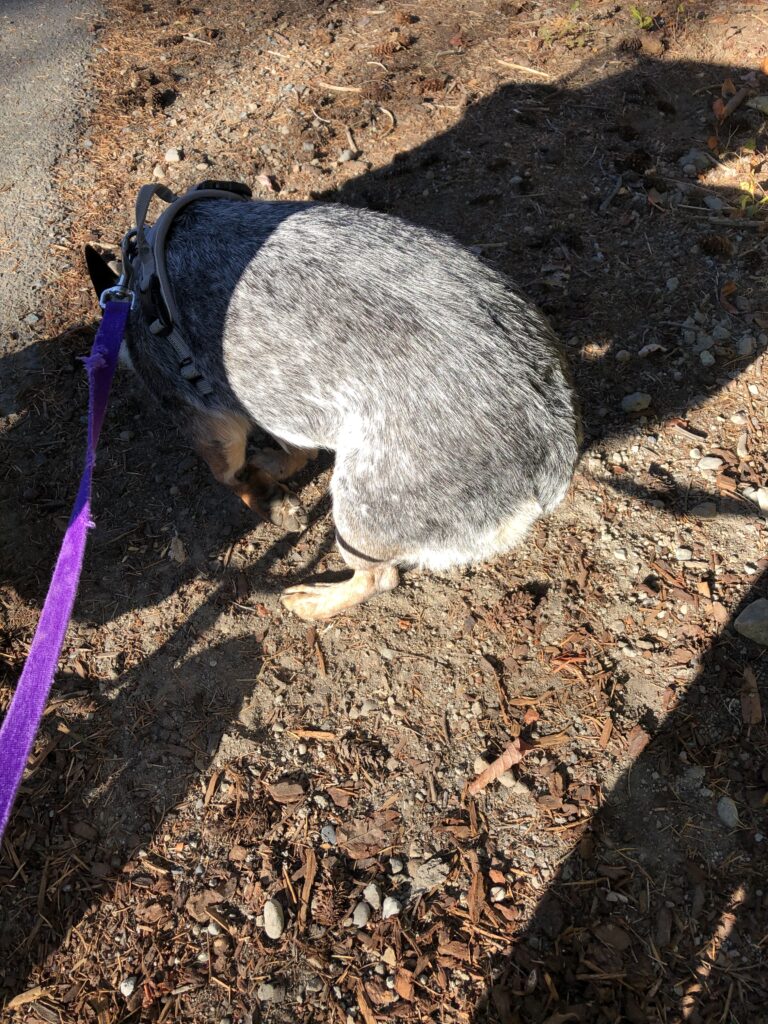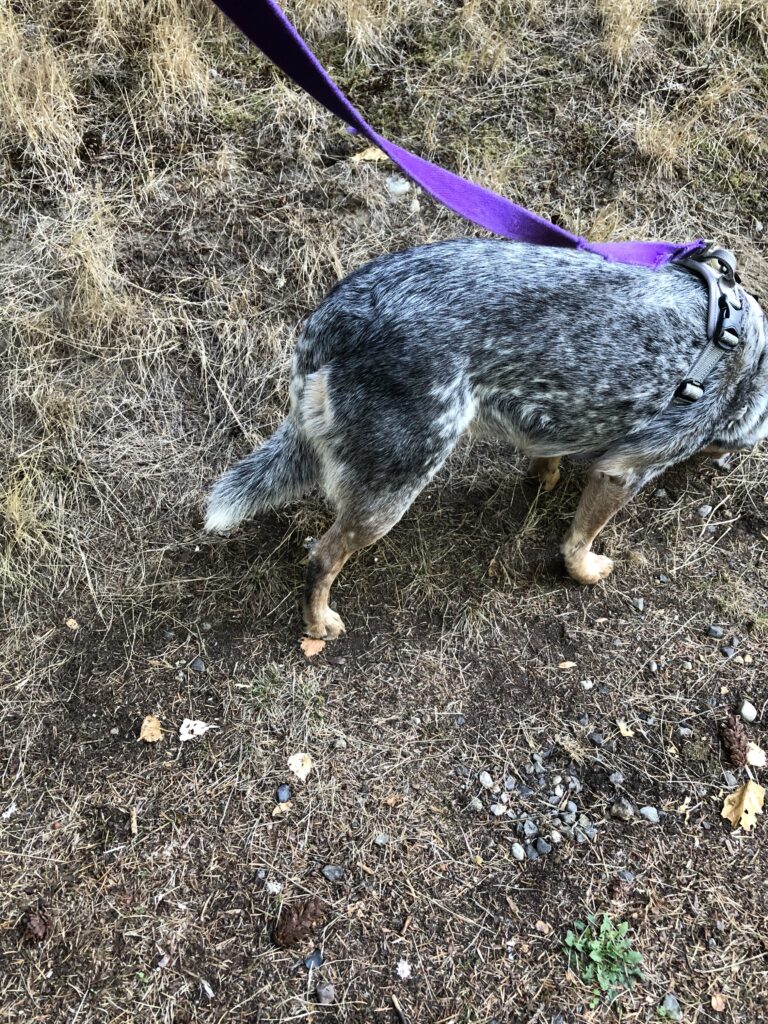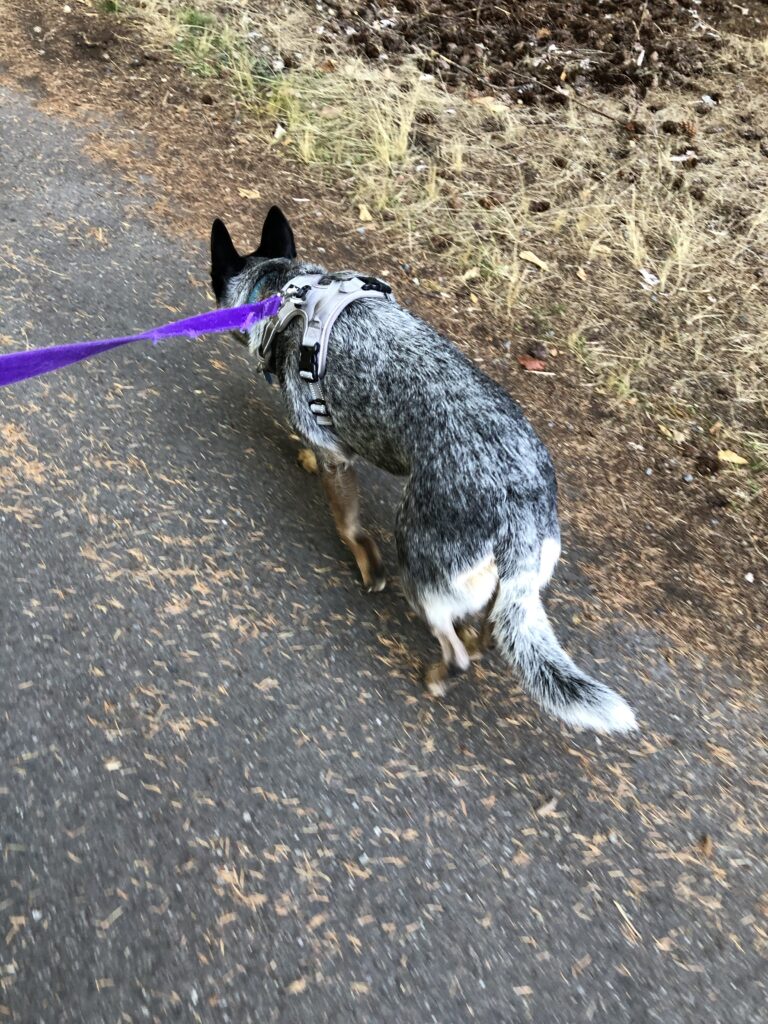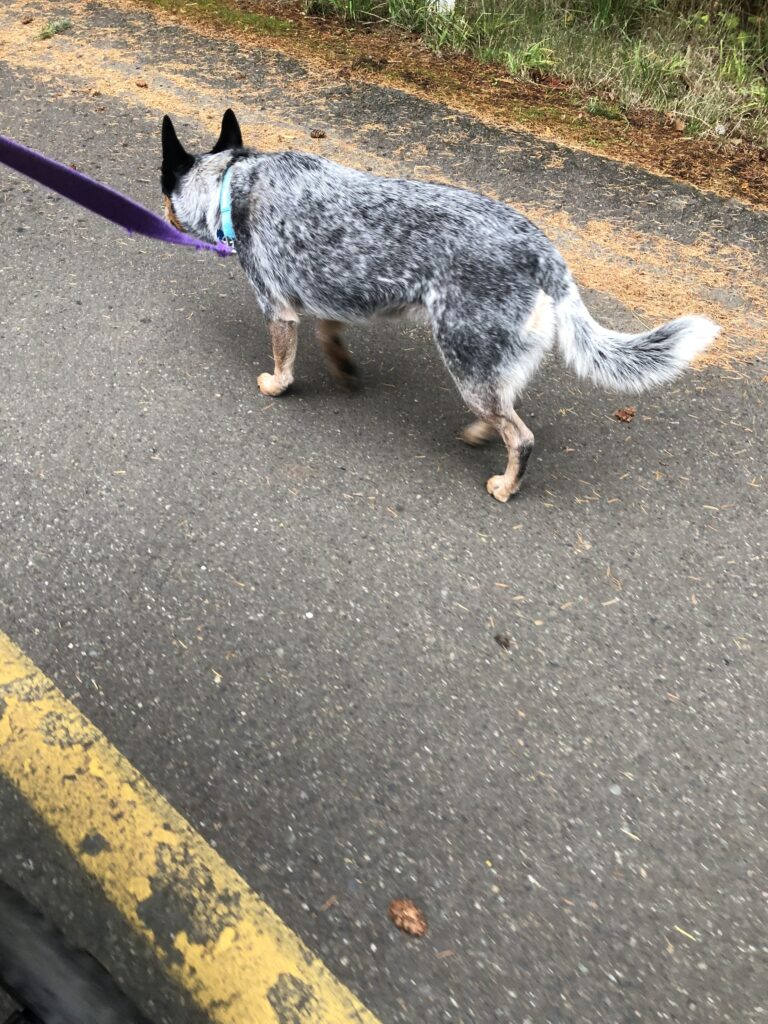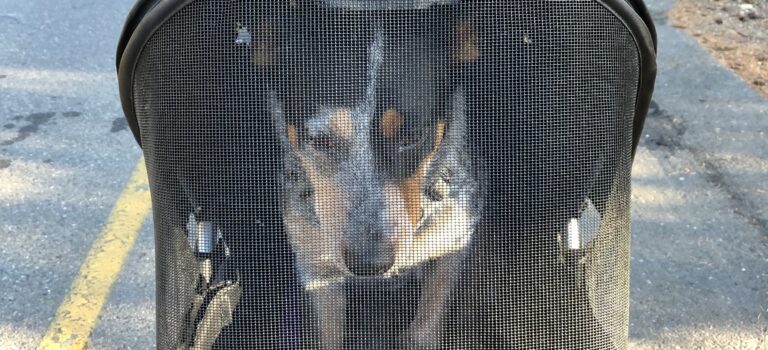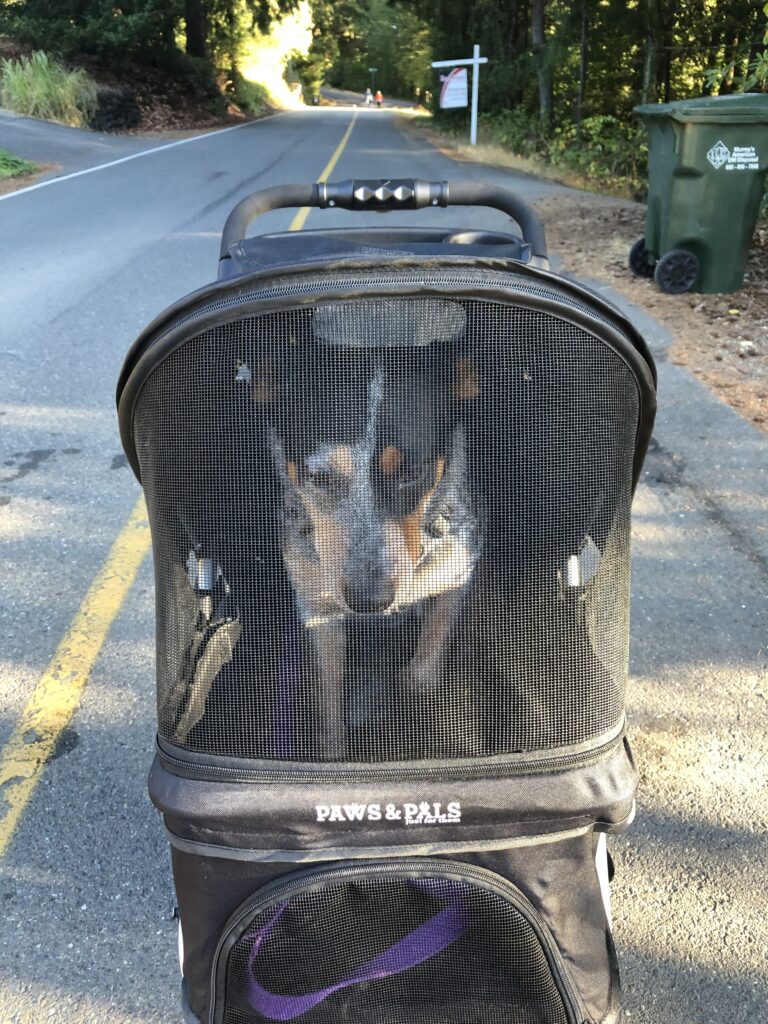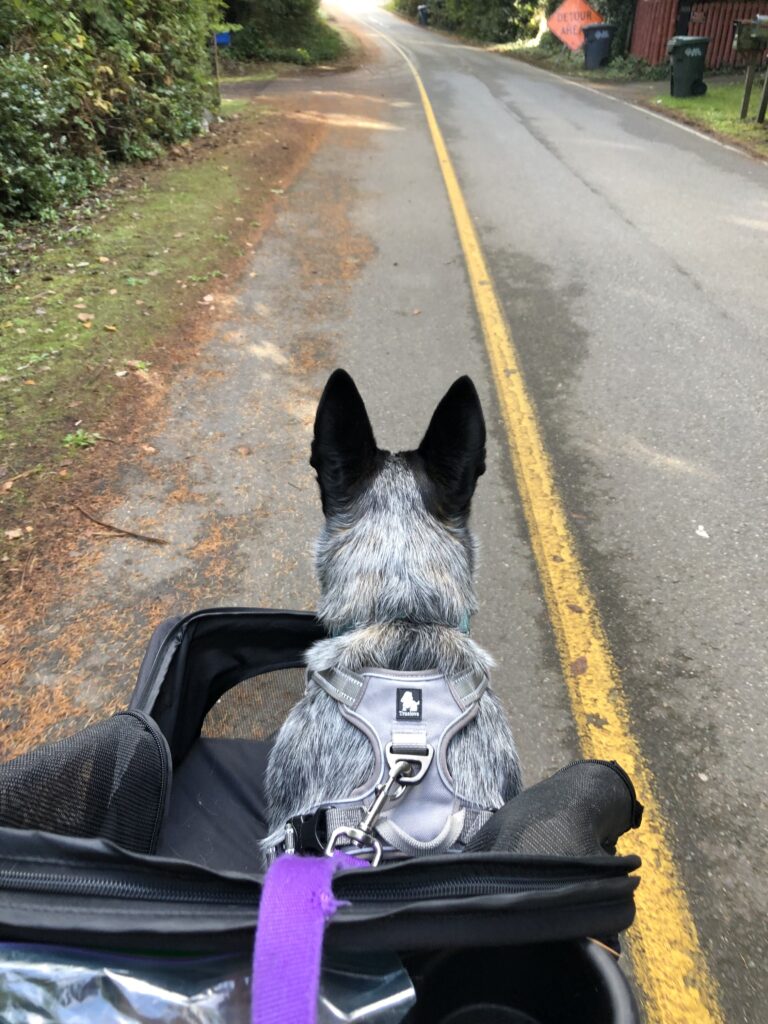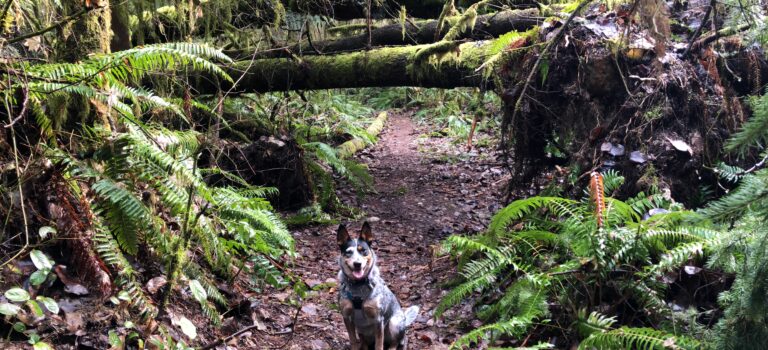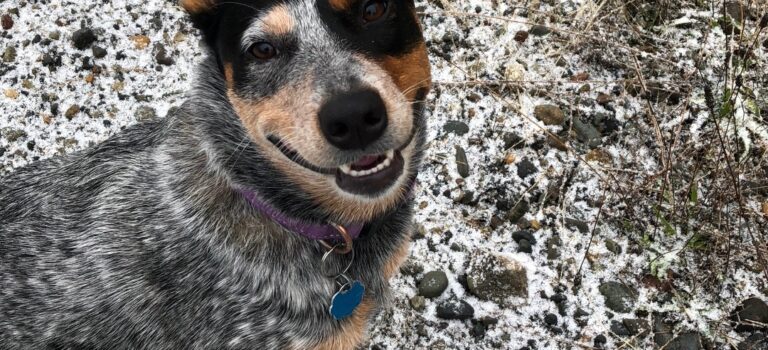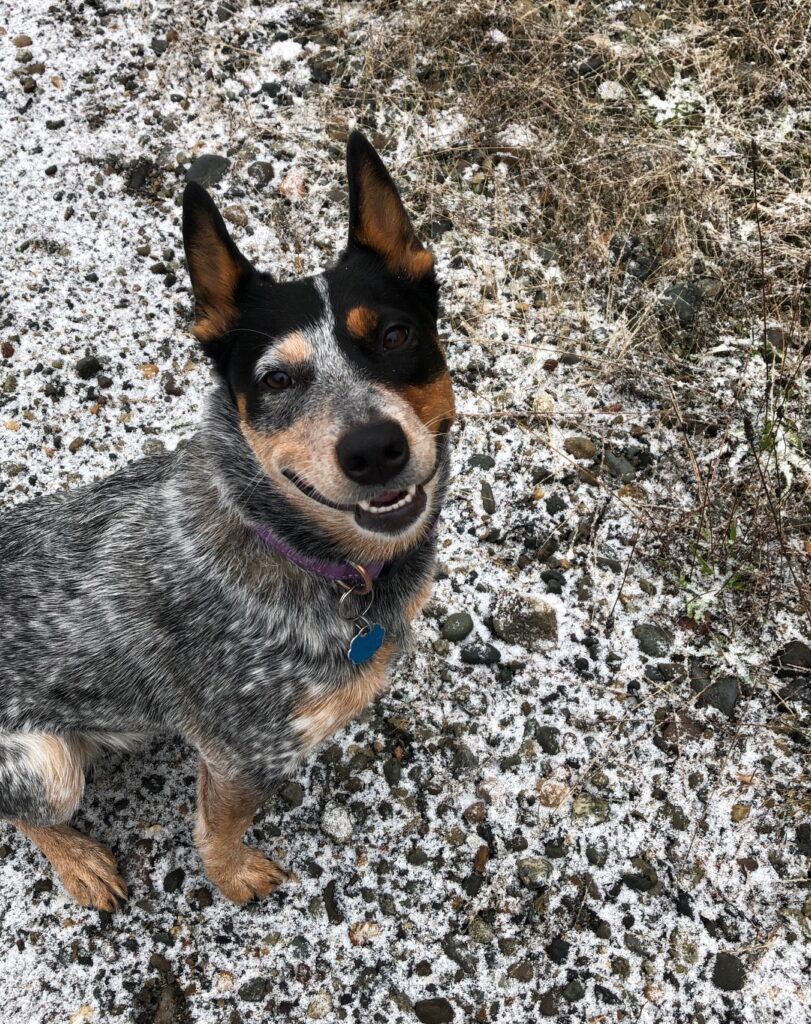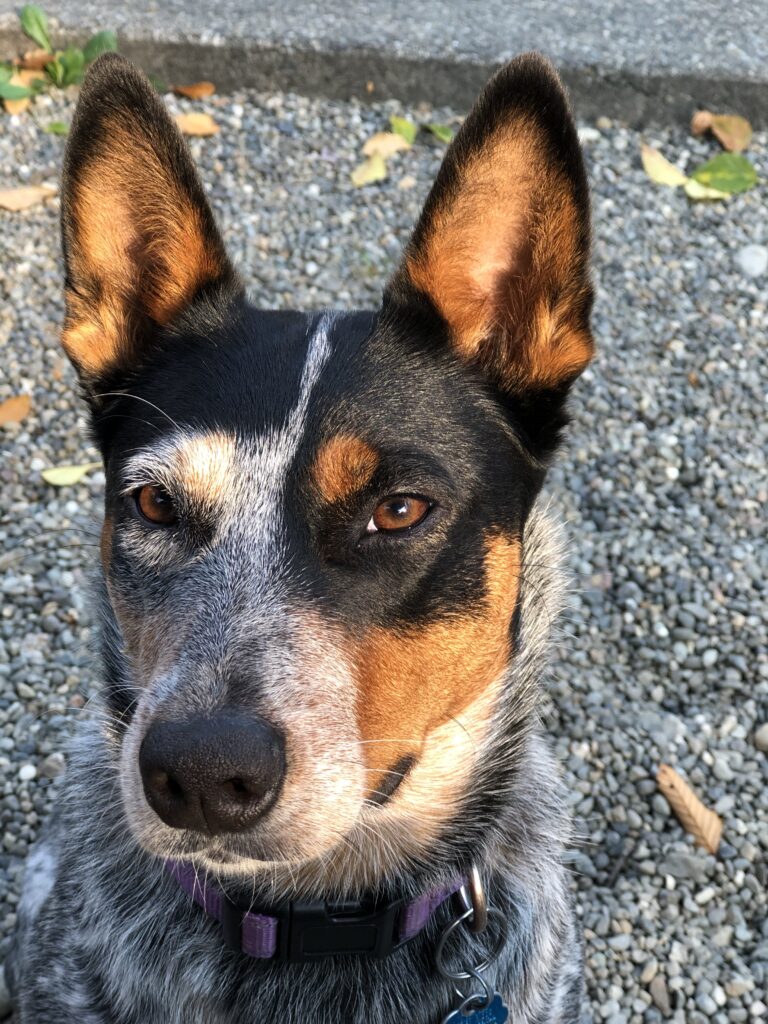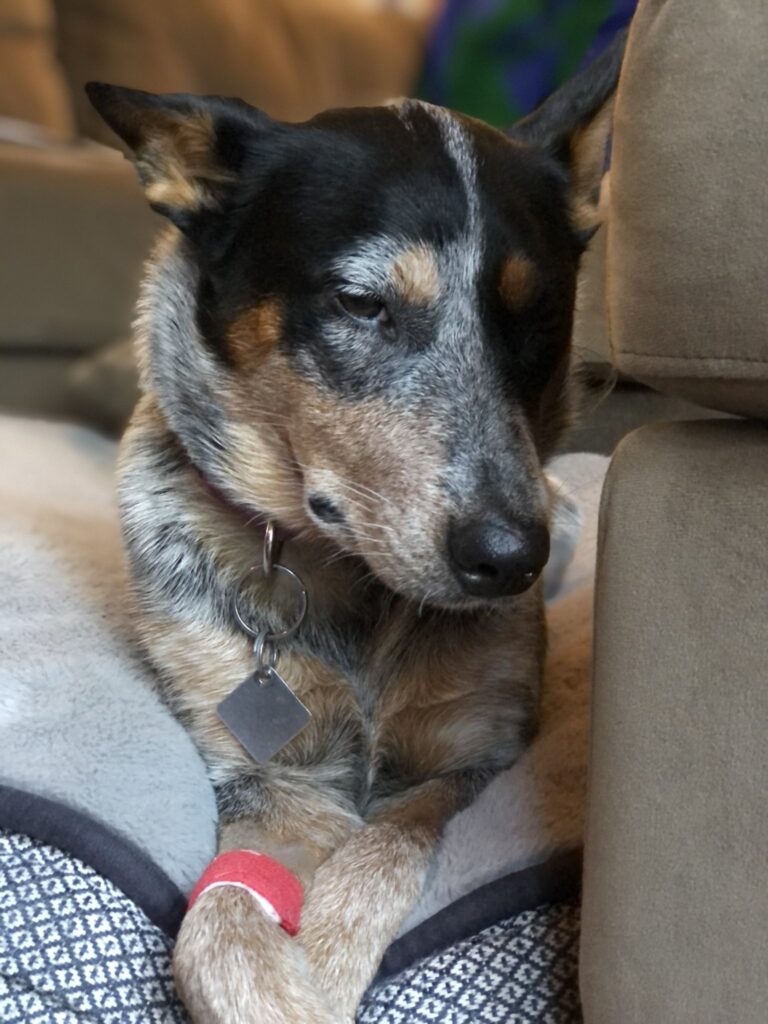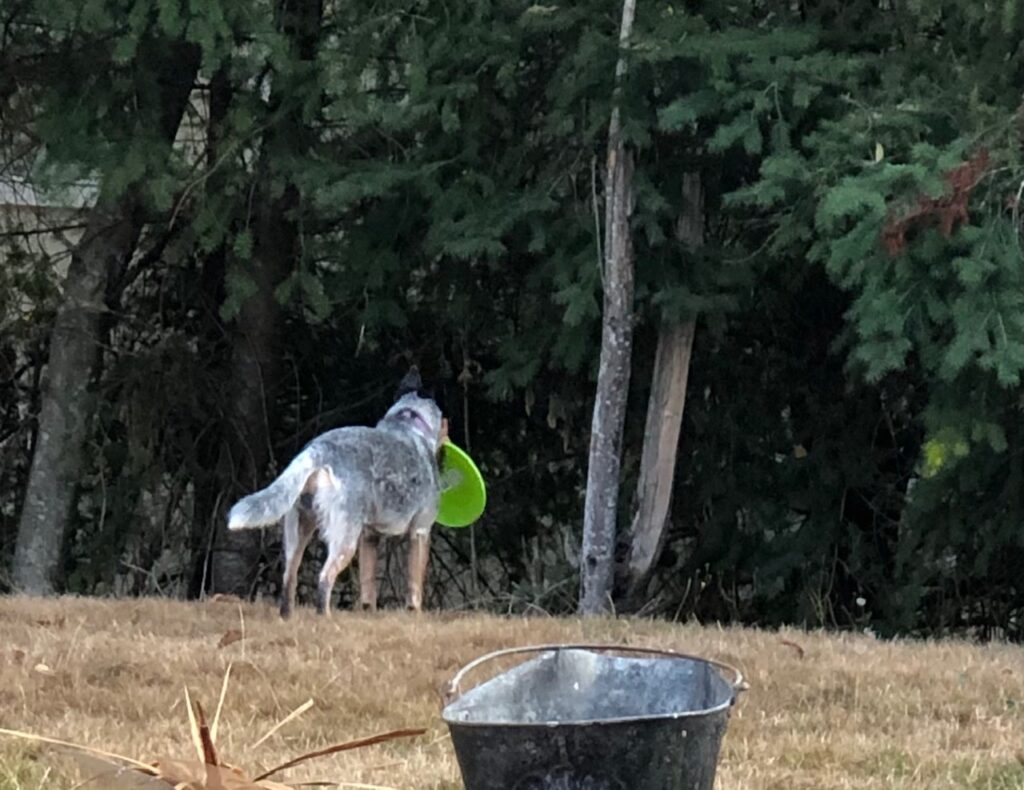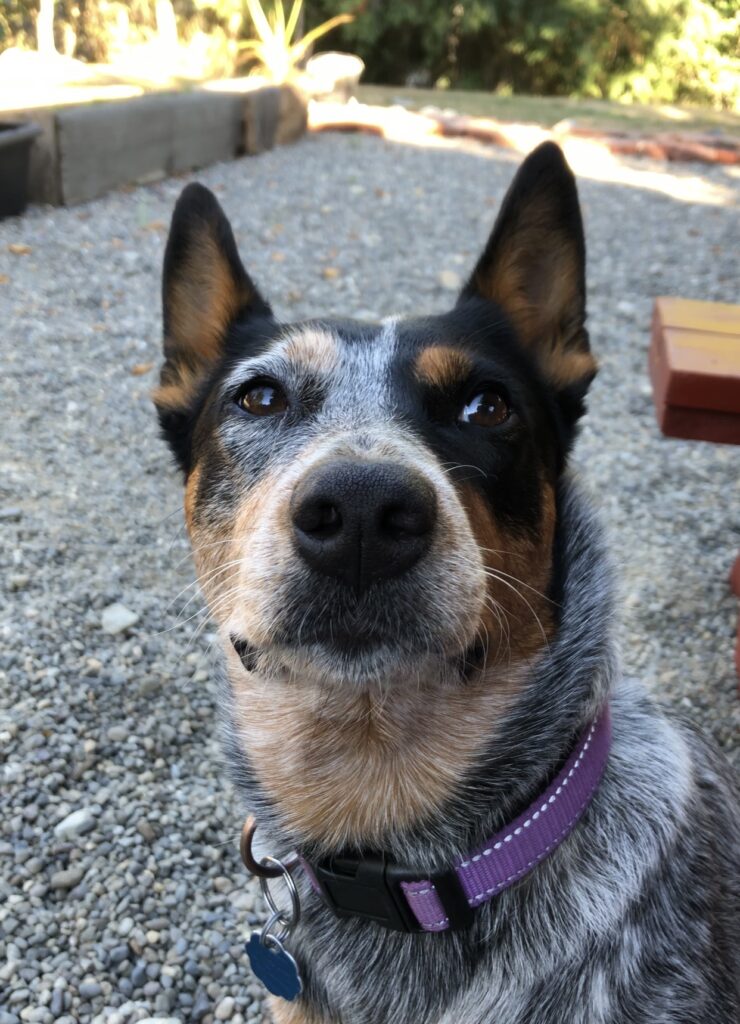The Fourth of July, New Year’s Eve, and other celebrations that culminate in bangs, pops, and booms can send our pups running for cover. In this post, I will give you a variety of suggestions to calm dogs that are fearful of fireworks.
Prepare In Advance
Most veterinarians get phone calls the day before, or the day of, July 4th asking for medicine to calm their dog’s nerves. Unfortunately, once the dog is shaking, pacing, or panting, it’s too late for most medications to help calm the pooch.
Tip #1 to Calm Dogs – Medication Prescribed by Veterinarian
Speak to your vet a month or so in advance. If your dog was fearful of fireworks last year, contact your vet now. Your vet can prescribe medication to help your pooch. But the medication works best when you give it BEFORE your dog gets nervous.
Understand this is easier said than done. My town begins celebrating earlier every year. We have booms beginning in June. Usually, we can ride out a few of those. By the Fourth of July, it’s too late for Pandora. I have to start giving her medicine three days prior and up to two days afterward.
Tip #2 to Calm Dogs – Begin Desensitization Tactics
If this will be your pup’s first year experiencing fireworks, begin getting them used to the sounds. This is also helpful for dogs who are already not good with fireworks. Begin desensitization tactics months before. Turn on YouTube videos with fireworks, and start with short videos and low volume. As your dog gets comfortable, increase the volume (one notch at a time). I did this with dump truck videos to get Pandora used to loud vehicles.
This method may take weeks of slowly bringing up the volume. If you push it too fast, you may end up making your dog more stressed. For reference, I’m currently doing this method with Pandora and I have the volume set to where I can barely hear it. Remember, dog’s ears are more receptive to sound than our ears are, so start the volume much lower than you’d expect. You may be on that same volume level for a few days.
Material Things That May Help
There are supplies for nervous dogs on the market that can help reduce a bit of stress. These should be tested in advance of fireworks. Also note that not all things will work, sometimes only one item will work and sometimes a combination of items will work best.
Tip #3 to Calm Dogs – Wearables.
Thunder Jackets/ Shirts are an item that you put on your dog, akin to a harness. The light pressure and warmth, apparently will make the dog feel calmer.
The Happy Hoodie, is like ear muffs for dogs. A lot of pet groomers use these or something similar when blow-drying dogs after a bath. It just helps soften the sound a bit.
Tip #4 to Calm Dogs – Edibles (not human edibles, not human serving sizes, check with your vet)
You can get CBD oil or CBD treats for dogs. The varieties are endless and I don’t know enough about the market to recommend any particular brand. I have heard some people who have had great success and others who haven’t had much success. As with prescription medication, make sure you are giving the items to the dog well in advance of fireworks.
A Few Words of Caution
Before I give you the last few tips, I want to touch on a few things that you shouldn’t do when your dog is stressed.
First, don’t yell at the dog. Obviously, no animal or human has ever gotten over a fear from being yelled at.
Likewise, don’t molly-coddle the dog. Running and grabbing your pooch, clutching him tight to you while saying things like, “Oh you poor baby!” will not help your dog. That will only reinforce the fear of fireworks because you just reaffirmed that the sound is so horrible, you felt the need to grab him and snuggle him.
A Few Unconventional Tips
Drastic moments call for drastic measures. Okay, that may be a bit dramatic. These aren’t drastic, but they may not be convenient for you.
Tip #5 to Calm Dogs – Utilize White Noise
Turn on window AC units. Turn on bathroom fans or any window fans you may have in your house. If you have a white noise machine, turn it on. Anything that offers up some noise to lessen the bluntness of the booms from outside is helpful. It’s not going to completely silence the sounds, but it will take the edge off.
Tip #6 to Calm Dogs – Isolate
Find the most isolated room in your home. By isolated, I mean the most inner room of the house, the one with no windows or with the least windows. Maybe you are blessed with a basement and have a nice corner room. Maybe you live in an apartment and the bathroom is pretty much the center of the home with no windows (a family did this for their dog). Ideally, the room will be the dog’s favorite or the one that she feels safest in. Go there. Put down your favorite blankets, crank up a good movie, turn on some fans, and get comfy. You may want to employ a few other tips along with this move like using a Happie Hoodie and some calming medication or treats.
RECAP
Always remain calm yourself. If you are agitated, your dog will be, too. Remember, preparing in advance is going to give you the best outcome. Whether you plan on medicating your dog or trying a new Thunder shirt, it’s best to get your dog used to the item beforehand.
You can medicate with medicine prescribed by your vet or you can try over-the-counter calming treats. Do your research. If you know that your dog has medical issues, always check with your vet first.
Try doggie ear muffs, utilize white noise sounds as much as possible, and curl up in a room where your dog feels safest.
If you aren’t going to be home, set your dog up the best you can. Implement as many tips as safely possible. Turn on a bathroom fan, give a dose of medication, and toss extra pillows and blankets on their favorite dog bed.
Keep Trying
The Fourth of July will pass, but there will be New Year’s Eve, there will be an event that is celebrated with fireworks like a championship sports game, there will be next year. So keep working on the desensitization tactics. Eventually, you will discover the best method for soothing your pooch.
Do you have any calming tips you use? Please share them below in the comments.
